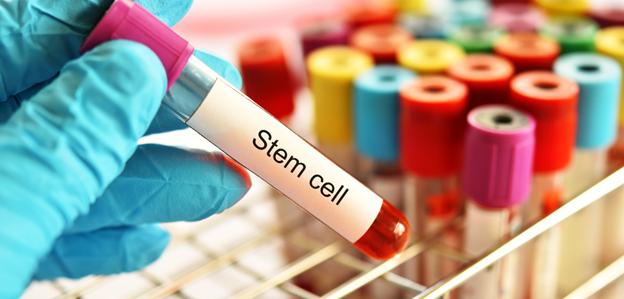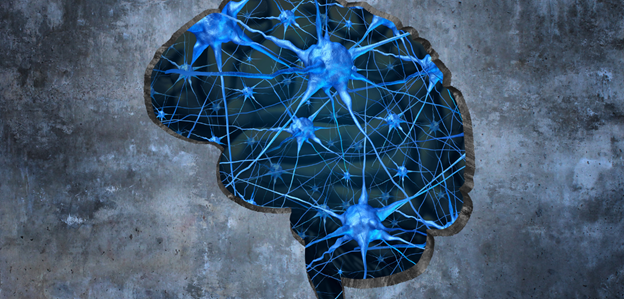Experimental Treatment and Intervention Services for Autism
Having a child diagnosed with autism spectrum disorder (ASD) can be a trying time for you and your family. While it’s not always easy to find the right resources and support, there are a variety of treatment and intervention services available that can help your child succeed.
Early intervention is critical when it comes to treating ASD. The earlier you can get your child started on treatment, the better their chances are of making significant progress. There are several different early intervention approaches available, so it’s important to do your research and find one that’s right for your pride of joy.
One of the latest autism treatments gaining popularity is the possibility of using stem cells for autism. This is a very new and controversial treatment, but there is some promising research being done in this area.
At Innate Healthcare Institute, we’re always looking for cutting-edge treatments to help our patients, and stem cells can offer a host of benefits for those suffering from autism spectrum disorder.
 What is Stem Cell Therapy for Autism?
What is Stem Cell Therapy for Autism?
Plainly speaking, the goal of stem cell therapy is to replace cells in the body that are damaged with healthy cells. Autism is a disorder that has multiple causes and factors, but we do know that one such cause is that some cells in the brain do not function normally due to impairment or abnormal development.
You might come across many alternative treatments for autism, but only stem cell therapy can help revive damaged or non-functioning areas of the brain that contribute to the underlying causes of autism spectrum disorder. Several recent studies have found significant benefits to using stem cells for autism.
Considering it is a neurodevelopmental disorder, stem cells allow a way to repair the damage non-surgically. Therefore, this is a much more effective and efficient method to help with autism as it can directly address the root cause of the problem.
How Did This Idea Come About?
Since neurological disorders are typically very difficult to correct surgically, scientists and doctors have long looked for other ways to affect positive change.
With the advent of stem cells and the technologies to use them, they have been used as agents of healing for other brain disorders for some time. For example, there happen to be similarities in their uses in helping to correct cerebral palsy.
In the mid-1990s, scientists at Duke University were using stem cells to help with metabolic disorders and found there was a marked improvement in cognitive functions among children. This led to the idea that perhaps they would be useful in patients with cerebral palsy and autism.
 Where Do the Stem Cells Come From?
Where Do the Stem Cells Come From?
Despite many advances over the years, there is still some concern and controversy over how stem cells are harvested. For our autism treatments at Innate Healthcare Institute, we use stem cells that come from the umbilical cord after a mother has given birth. These are called Mesenchymal stem cells and are specialized for repairing damaged tissue as well as enhancing the immune system.
The harvesting process is incredibly safe and non-invasive. In fact, many storage facilities now exist, called cord banks, to keep stem cells ready for when they are needed.
Benefits of Using Stem Cell Therapy for Autism
Autism spectrum disorder is known to affect the brain as well as the immune system. Among the many interventions for autism, stem cell therapy is one that has proven effective in reducing auto-immune problems due to autism as well as repairing connections in the brain.
For example, the Mesenchymal stem cells we use may help stimulate the production of anti-inflammatory substances such as cytokines and exosomes, correcting an imbalance in those with autism that leads to increased inflammation in tissues throughout the body. This imbalance is entirely unnecessary and is the result of the body’s own immune system attacking healthy cells and/or tissue.
Autism therapies using stem cells can also correct other issues as they have the ability to convert themselves to any type of cell in the body. By doing so, they regenerate damaged tissue. This, in turn, increases blood flow to the damaged tissue and can form new blood vessels through angiogenesis, or the process of blood vessel formation.
 What Kind of Results Am I Likely to See?
What Kind of Results Am I Likely to See?
As with any kind of regenerative medicine, results do not appear overnight, but you should begin to see improvements at around the 4-6-week mark.
These improvements can include a decrease in aggressive behavior, more willingness to communicate, improvements in sleep, and a longer attention span. It has also been noted that these interventions for autism have resulted in increased amounts of eye contact and increased affection from the patient.
 How Are the Stem Cells Administered?
How Are the Stem Cells Administered?
When it comes time to actually administer the stem cells for autism, this can be done in a variety of ways. Our physicians carefully consider which method may be best and most effective for the patient by looking at each individual case.
- Intranasal – This method is quick and painless. The stem cells are sprayed into the nose, and this is often the fastest and most effective way for them to reach the brain.
- Intravenous – Stem cells can also be injected into the bloodstream, allowing them to reach their target safely and rapidly.
- Intramuscular – This is similar to a simple vaccine injection. The cells are injected into a muscle, typically the shoulder. This method allows the cells to stay in the body for a longer period of time.
These options can be discussed in much greater depth with you during the consultation and exam that we offer all of our new patients. We constantly strive to provide the highest level of care and that means tailoring our alternative treatments for autism to each patient’s specific circumstances.
What Does a Treatment Plan Include?
As mentioned, our treatment plans start with a consultation and exam to determine the best path forward. In order to achieve the best results, our autism treatments can include other remedies as well.
First off, we always use the best regenerative medicines available backed by the most recent research. All of our regenerative medicines are carefully sourced from within our own company. Additionally, we focus on using safe doses of stem cells in high amounts for their efficacy.
Depending on the results of lab work we run (or from another provider), we often recommend combining our autism treatments with natural or pharmaceutical medicines as both of these can have extremely beneficial effects on the healing process. Furthermore, we offer nutritional plans so that the healing can continue as effortlessly as possible between visits to our clinic.
At Innate Healthcare, we foster the idea of persistent care. Since there is no complete cure for autism spectrum disorder, further visits to our center are encouraged to enable the best possible management of this disorder.
Final Thoughts
We know that no two people are alike and we know that no two autism therapies should be alike as well. That’s why we go to great lengths to take into account your individual needs when working out an autism treatment plan.
Our skilled specialists will be able to break down in great detail how stem cells for autism may be able to help you. With this exciting new therapy, the future is looking much brighter for those needing to manage their autism during life.
Why not schedule a consultation and see how we can help by reaching out today?




